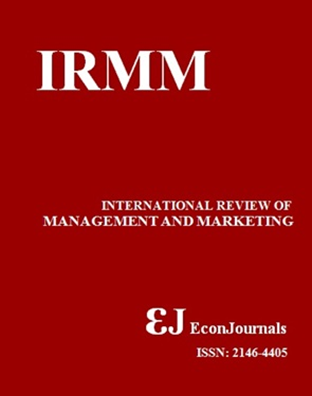Gender Differences In Interest in Using Electronic Money: An Application of Theory Planned Behavior
Abstract
The objective of this research is to develop a behavior model with Theory of Planned Behavior (TPB) in order to give effect to the customer in the transaction payment with the use of electronic money and gender differences in the transaction payment with the use of electronic money. The analysis in this research used the analysis of Structural Equation Modeling (SEM). Amos version 20 was used in data processing. The findings of this research show the differences between male and female respondents. The findings show that: (1) attitudes positively and significantly affect the interest in the use of electronic money (for male and female respondents), (2) for male, subjective norms have a positive and significant effect on the interest in using electronic money; for female, subjective norms have a positive but not significant effect on the interest in using electronic money, and (3) perceived control behavior has not been able to significantly increase the interest in using electronic money (particularly for male respondents).Keywords: Theory of planned behavior, electronic money, gender, and Syariah BankJEL Classification: M31Downloads
Additional Files
Published
2016-10-25
How to Cite
Farida, N., Ardyan, E., & Nuryakin, N. (2016). Gender Differences In Interest in Using Electronic Money: An Application of Theory Planned Behavior. International Review of Management and Marketing, 6(4), 898–903. Retrieved from https://econjournals.com/index.php/irmm/article/view/3097
Issue
Section
Articles




